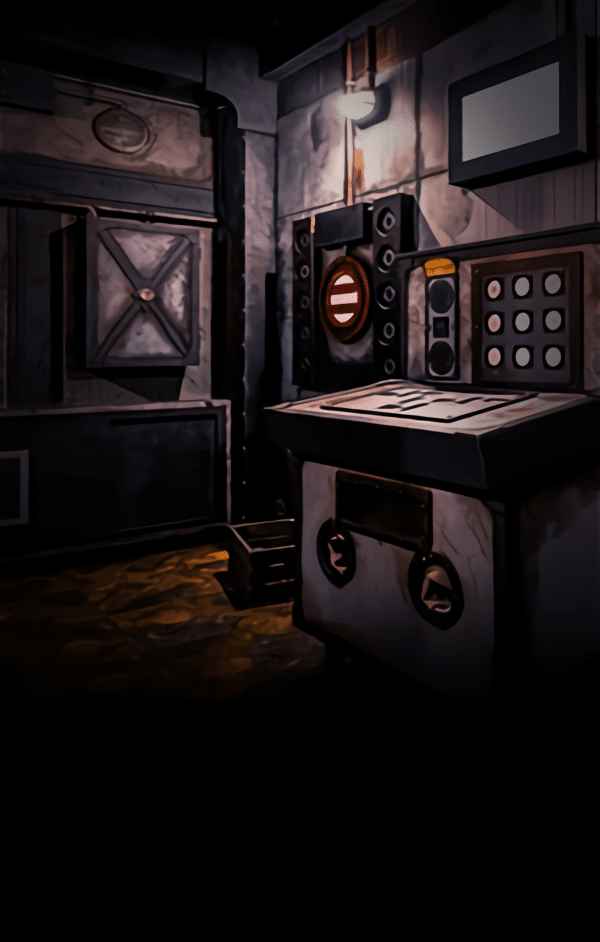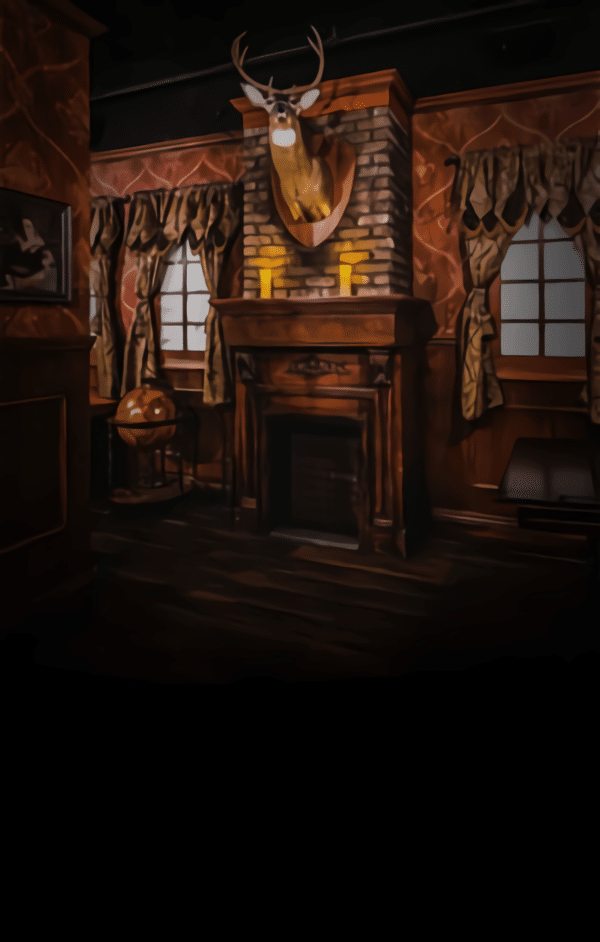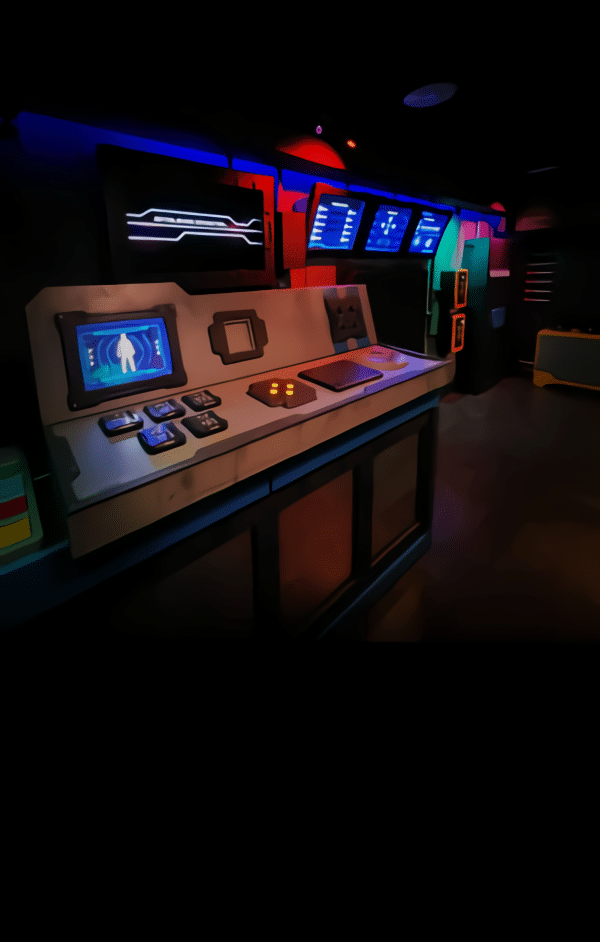Understanding the Appeal of Mixed Escape Rooms
An escape room experience becomes even more exciting when it combines mental puzzles with physical challenges. Many people who try an escape room New York City venue expect to solve codes, riddles, and hidden patterns, but adding interactive physical tasks elevates the thrill. Instead of only sitting and thinking, participants may need to move objects, crawl through a space, or manipulate items that require teamwork and coordination. This blend makes the adventure more dynamic and appealing to groups with diverse skills.
In a city like New York, where people are constantly seeking unique experiences, escape rooms that offer this mix stand out. They allow teams to engage both mind and body while racing against the clock. This balance ensures that everyone in the group has a chance to shine—those who love riddles can focus on codes, while others who enjoy hands-on interaction can tackle movement-based tasks. The mix creates an environment where no one feels left out, making it perfect for families, coworkers, or friends.
Escape Room New York City: Mental and Physical Synergy
A successful escape room combines cognitive puzzles with interactive elements that challenge physical engagement. In a typical escape room New York City game, players may need to interpret clues hidden in plain sight, arrange objects in a certain sequence, or decipher symbolic patterns. However, in a mixed challenge, the next step may require pulling levers, physically aligning objects, or even climbing into a hidden space to progress.
This synergy encourages collaboration. For example, one team member may decipher a code while another uses the information to unlock a physical mechanism. The constant shift between mental and physical engagement ensures the team stays energized. The pacing becomes more dynamic, and players must adjust quickly, keeping the adrenaline high throughout the game.
Types of Physical Challenges in Escape Rooms
Physical challenges vary widely and depend on the theme of the room. Some common examples include:
-
Hidden compartments that require pulling, sliding, or turning mechanisms.
-
Maze-like sections where crawling or maneuvering is necessary.
-
Balance or weight-based puzzles that involve lifting or arranging objects.
-
Interactive props like wheels, gears, or doors that must be manipulated correctly.
The physical tasks never compromise safety but add to immersion. Instead of just cracking numbers, players feel like they are truly inside the story, engaging with the environment. This makes the experience more memorable and cinematic, blurring the line between a puzzle game and a live-action adventure.
The Role of Storytelling in Mixed Escape Rooms
The mix of puzzles and physical challenges works best when tied together by a strong narrative. A storyline drives the need for both brainpower and action. For example:
-
In a mystery thriller, solving a code might lead to opening a secret passage that players must physically crawl through.
-
In a sci-fi theme, activating futuristic levers might unlock the next puzzle sequence.
-
In an apocalyptic survival story, lifting heavy props or finding hidden items could simulate scavenging for supplies.
The storyline transforms these tasks into purposeful actions rather than random mechanics. Players feel as though they are truly part of the narrative, and each challenge becomes a meaningful step toward escaping or solving the final mystery.
Team-Building Benefits of Mixed Challenges
Escape rooms that combine mental and physical tasks naturally foster teamwork. In group settings, individuals bring different strengths to the table. Some are analytical thinkers who excel at riddles, while others thrive on hands-on activities. The combination ensures everyone can contribute, enhancing group morale.
For corporate team-building events, this balance is invaluable. Employees experience firsthand how diverse problem-solving styles complement each other. Communication improves as team members rely on one another to handle different aspects of the challenge. This creates a bond that extends beyond the escape room and into the workplace.
Game Examples at Mission Escape Games – NYC
Mission Escape Games in Midtown offers immersive experiences that feature a balance of puzzles and interactive elements. Some notable games include:
-
End of Days A & B: Teams navigate survival-themed puzzles that mix logical challenges with interactive mechanics.
-
Hydeout: A mystery-driven game that requires sharp observation, logical reasoning, and physical interaction with the environment.
-
Carbon: 3708: A futuristic adventure blending high-tech puzzles with immersive tasks that demand both brainpower and physical participation.
Each game is carefully designed to keep players moving, thinking, and engaging with one another. The balance between mental riddles and physical interaction ensures an unforgettable experience.
Why Physical Challenges Enhance Immersion
One reason physical challenges are so effective is because they create a deeper sense of immersion. When participants touch, move, or interact with real objects, the room feels more authentic. Instead of being passive players, they become active participants. The physicality makes the experience more believable, intensifying the sense of urgency and adventure.
In escape room design, immersion is key. Every detail, from lighting to sound effects, contributes to storytelling. Physical interaction heightens that realism, turning a simple puzzle into a memorable journey.
Balancing Puzzle Difficulty with Physical Interaction
Designers of escape room New York City games must carefully balance intellectual and physical demands. If puzzles are too complex, participants may get stuck and feel frustrated. On the other hand, if physical tasks dominate, the experience may feel less like an escape room and more like an obstacle course. The ideal balance ensures participants switch between brain and body seamlessly.
This balance keeps the room accessible to all types of players. Some may not enjoy heavy physical activity, while others may struggle with overly complex riddles. The best escape rooms provide variety so that the whole group can contribute equally.
The Popularity of Hybrid Escape Rooms in NYC
New York City thrives on variety and innovation, and escape rooms are no exception. Hybrid escape rooms that combine puzzles with physical challenges have become increasingly popular. Locals and tourists alike are drawn to experiences that go beyond solving codes on paper. They want adventures that feel like they’ve stepped into a movie, where every action matters.
This popularity has led to creative set designs, intricate storylines, and increasingly sophisticated props. Escape rooms in NYC are continually evolving, ensuring players get fresh and exciting experiences every visit.
Conclusion
Escape room New York City locations that blend puzzles and physical challenges offer an unparalleled experience. The combination allows teams to engage their minds while also immersing themselves physically in the adventure. Whether navigating secret passages, solving intricate riddles, or manipulating interactive props, participants enjoy a dynamic, memorable challenge. Mission Escape Games in Midtown exemplifies this balance, offering diverse game options that cater to different play styles and skill sets.
Frequently Asked Questions
Q1: Are there escape room New York City locations that offer a mix of puzzles and physical challenges?
A: Yes, several escape rooms in New York City combine puzzles with physical challenges. This creates a balanced experience where players must use both intellect and physical interaction to progress through the game.
Q2: What types of physical challenges are included in escape rooms?
A: Physical challenges can include moving objects, crawling through passages, manipulating levers, or balancing weights. These tasks are always designed to be safe while adding immersion to the experience.
Q3: How do mixed escape rooms benefit teams?
A: They encourage collaboration by giving everyone an opportunity to shine. Analytical players can focus on riddles while hands-on participants handle physical challenges, fostering teamwork and communication.
Q4: Which games at Mission Escape Games – NYC feature both puzzles and physical elements?
A: Popular options include End of Days A & B, Hydeout, and Carbon: 3708. Each integrates mental puzzles with interactive physical mechanics to create a balanced adventure.
Q5: Are mixed escape rooms suitable for all ages?
A: Generally, yes. While younger players may require adult supervision, the variety of challenges ensures that people of different ages and abilities can participate and enjoy the experience.







